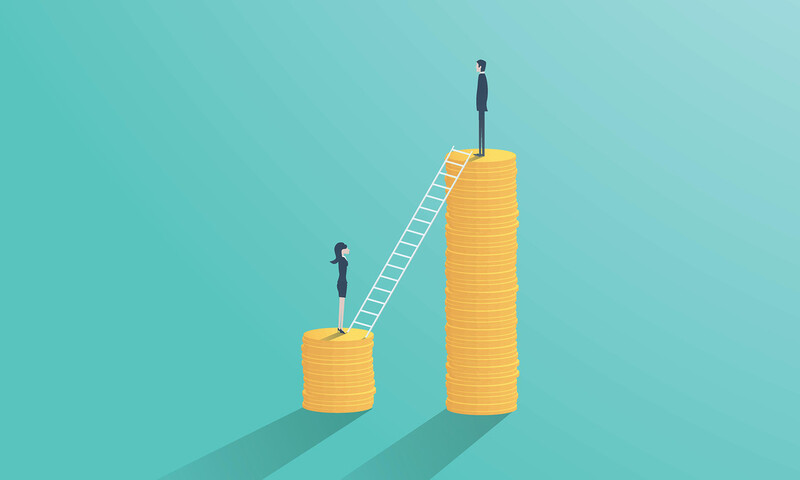about 7 years ago

There was a lot of media attention on the gender pay gap in fashion and retail organisations as the deadline drew to a close. This is perhaps because, in an industry where 90% of transactional decisions are made by women, the disproportion in pay is one of the most significant among all industries in the country. What does it all mean though? Here we give you a break down of everything and the key companies that had the highest or lowest pay gap.
Gov.co.uk describes the gender pay gap as ‘the difference in the average hourly wage of all men and women across a workforce. If women do more of the less well-paid jobs within an organisation than men, the gender pay gap is usually bigger’.
The gender pay gap is not to be confused with unequal pay – which is paying men and women differently for performing the same (or similar) work. This has been illegal since 1970.
The following data must be published by all employers with 250 or more employees:
- Mean gender pay gap
- Median gender pay gap
- Mean bonus gender pay gap
- Median bonus gender pay gap
- Proportion of women in the organisation receiving a bonus payment
- Proportion of men in the organisation receiving a bonus payment
- Proportion of men and women in each quartile pay band
So how did fashion and retail companies perform?
The largest reported gender pay gap in the industry is lingerie retailer Boux Avenue. Women in the business are paid on average 75.4% less than men – the equivalent of 25p for every £1 men earn. Just 9% of the retailer’s employees are male but they are all concentrated in its highest-earning pay band.
Occasionwear retailer Coast was another company that reported a large gender pay gap of 71% – with women paid 29p for every pound paid to men.
At the opposite end of the spectrum were Harvey Nichols, Moss Bros and Mango, which are among the handful of retailers whose women’s hourly rate is actually higher than men’s.
What has the gender pay gap revealed about the fashion and retail industry?
The main factor that has been highlighted by this exercise is that there is a need for more women in more senior positions. Even if companies pay women and men a fair basic salary, there is the issue of commission and bonuses on top that are unequal.
Another key point to take from the gender pay gap is it is not about equal pay, but about the level of female representation. HR departments will now have to factor in equality into the recruitment process more so than ever.
(All figures are from either Drapers or Gov.co.uk)

